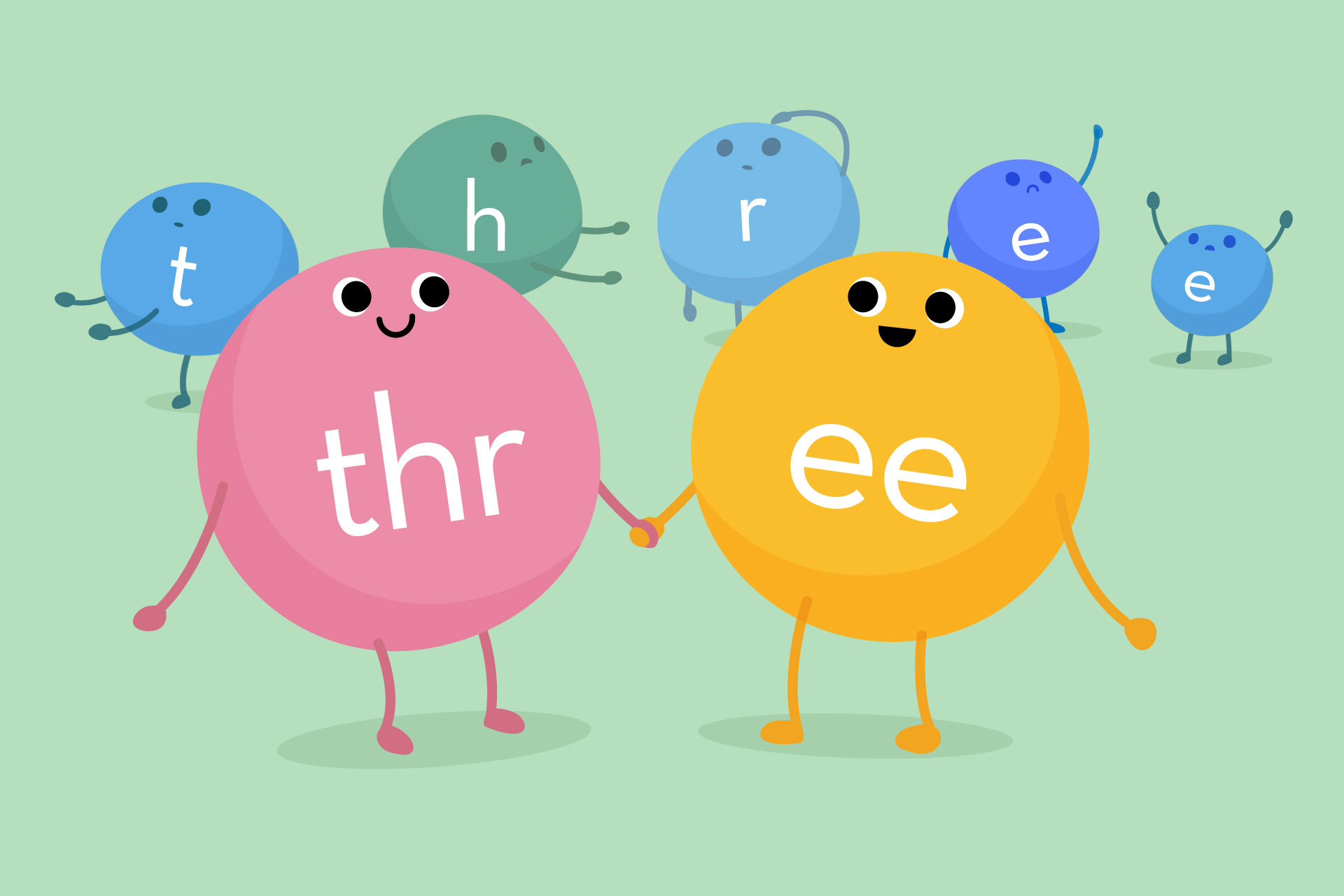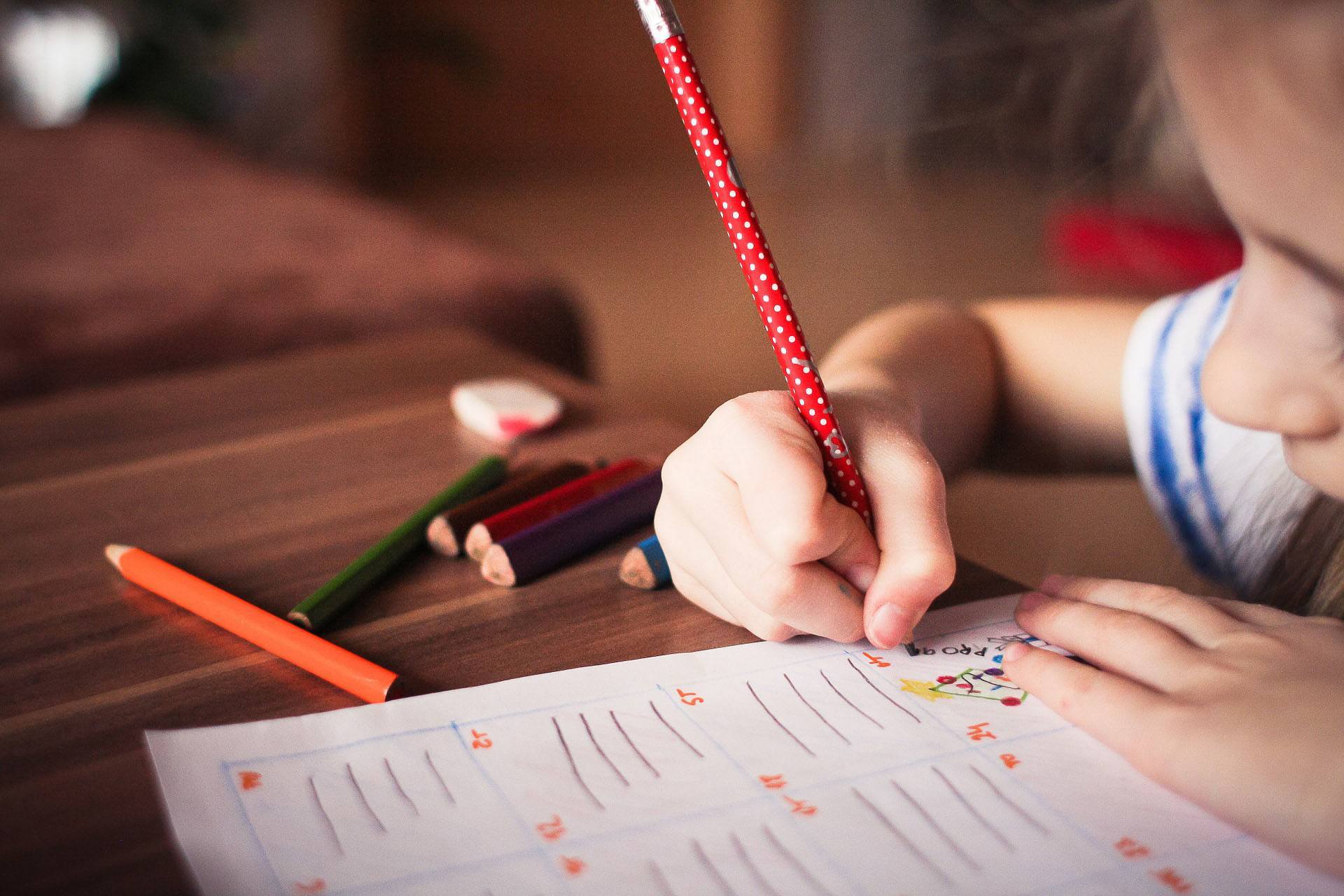If a magic fish gave me three wishes I’d use the first to transform how reading teachers understand the notion ‘phoneme’. Post this magical transformation they would adopt a pragmatic definition; instantly a phoneme would become ‘the smallest unit of sound in any word that it is useful to isolate, in the synthesizing of the word’. (Now before anyone goes reaching for their literacy lexicon I realize that I’m really referring to ‘written sounds’ – grapho-phonemes but, this is magic, so allow me some wriggle room.)
The phrase ‘Three Wishes’ occurs quite often in the magic literature of childhood. Let’s try and synthesize it using ‘single letter, alphabetic phonemes’ and then you’ll see why my prime wish is as it is. Here are the images that my imagined learner reader associates with the alphabetic phonemes in ‘Three Wishes’:
three …………..……………….. Is it ‘tu-hu ra e-e’?
wishes (I love this word!) …………. Is it wu-i su-ha e-su? (Notice even the second, unblended ‘s’ is the ‘s’ from ‘rose’, i.e. ‘zzz’, and that two different phonemes for ‘s’ appear in this common word and neither of them is ‘s’ in sea.
Here’s a sidebar for my old friend the sneaky ‘s’:
If you still need convincing try ‘alphabetics’ on these simple words:
saw
car
small
crash
nose
Synthesis is the clear winning method for teaching early readers but, at least after my first wish comes true, this will mean the synthesis of all phonemes, irrespective of how many letters are needed to write them. Early readers soon develop an ‘eye’ for – an expectation for – the blended phonemes – particularly if they have a reference chart that links the ‘blends’ to images – just as they might use for the single letter, alphabetic phonemes. In fact, developing this ‘eye’ for blended letters is crucial to English reading progress. Prioritising single letter, alphabetic phonemes, and postponing blended phonemes, leads to some ‘unwinding’ and uncertainty in learning: ‘Yes, ‘c’ is the ‘cap’ letter but in ‘chimp’ it’s not.’
| ‘thr’ | as in throne |
| ‘ee’ | as in eel |
| ‘wh’ | as in whale |
| ‘i’ | as in ink |
| ‘sh’ | as in ship |
| ‘e’ | as in egg |
| ‘s’ | as in rose |
Sounds English Phonics treats single letter sounds and multi-letter sounds in exactly the same way. It links each sound to an image, for example ‘spr’ to ‘spring’ and ‘f’ to ‘fan’, and then uses the image to remind learners of the sound when they are asked to insert it into a set of words. In Sounds English Phonics there are 92 key sounds linked to images; we call them Clue Words. In the ‘spr’ section, for example, the learner is asked to insert ‘spr’ from the Clue Word ‘spring’ into words such as sprout (- – – out), spray (— ay), and spread (—ead). In this way beginner readers quickly develop an ‘eye’ for blended and single letter sounds. Best of all Sounds English Phonics quickly works out which of the 92 sounds each learner doesn’t know and teaches those sounds only.
Now we’re talking – sorry, reading.
Zaprendo combines the power of technology with innovative teaching strategies to create educational tools that spark the joy of learning for life.
Find out more- Sounds English Phonics out now on the App Store and Google Play
- Find out more
- Download


